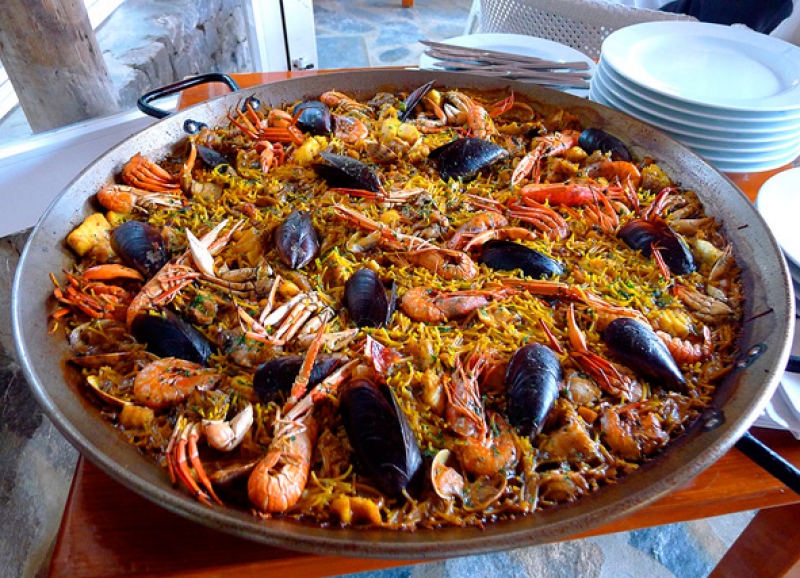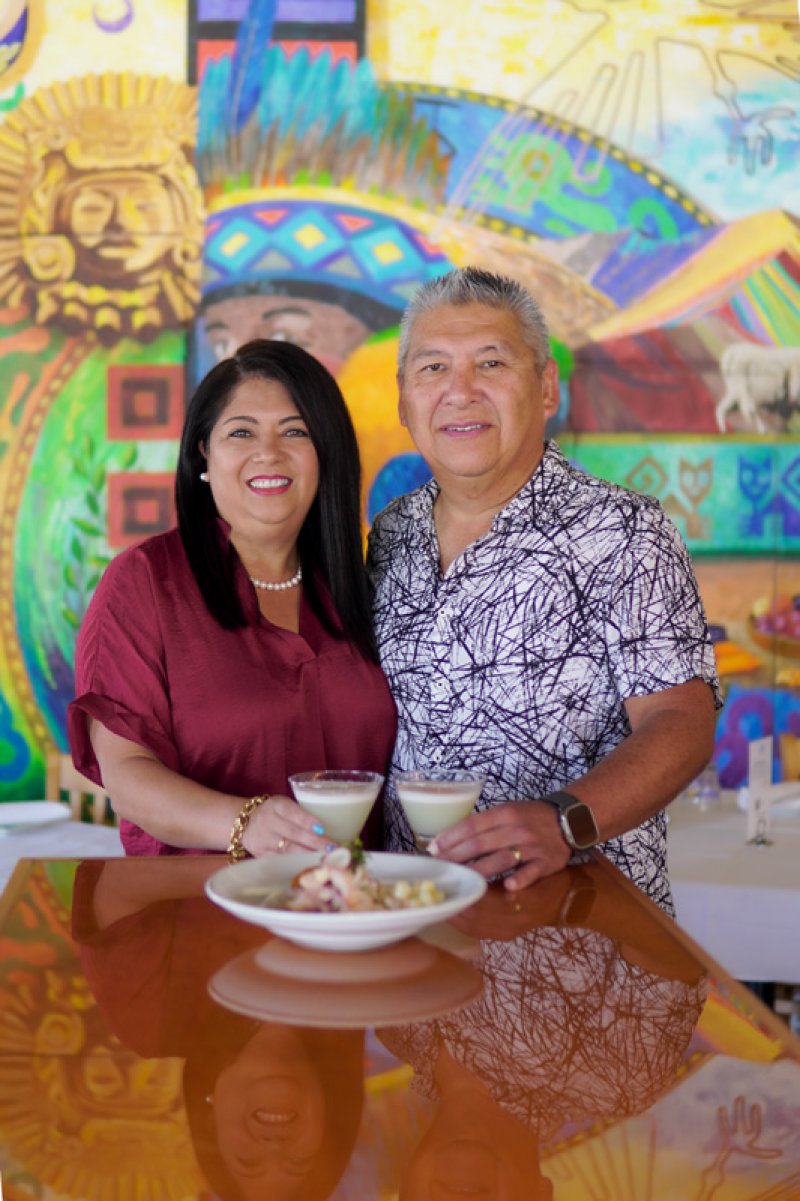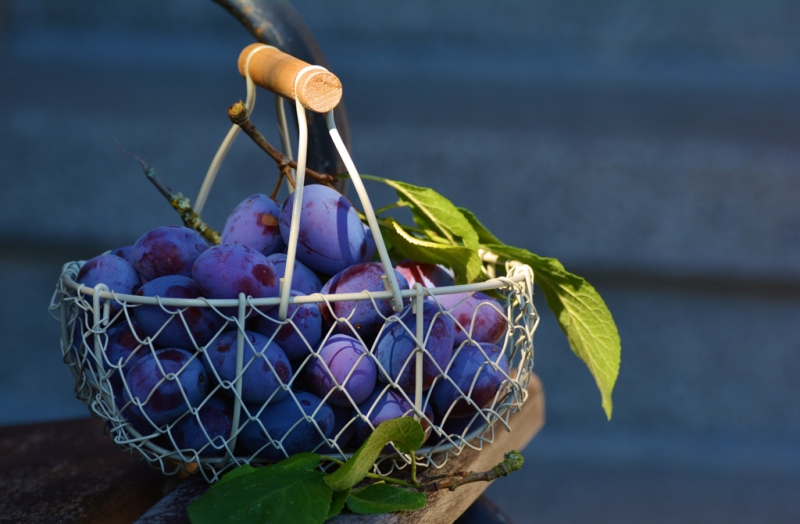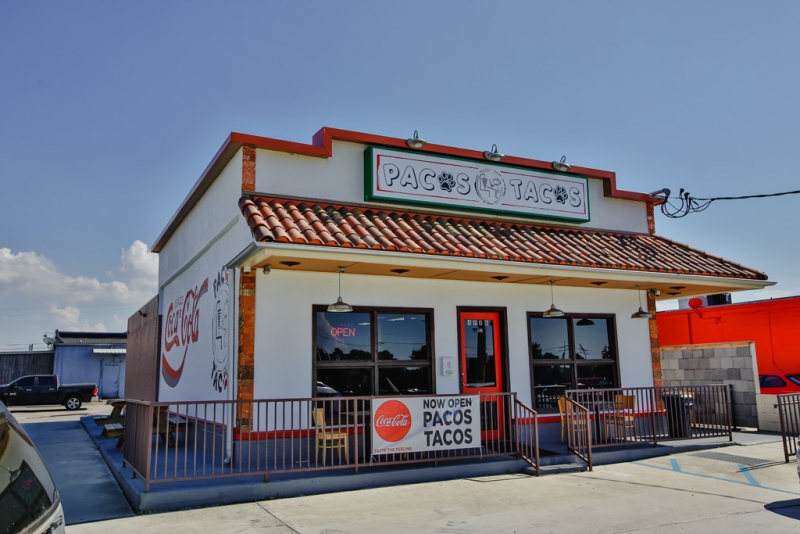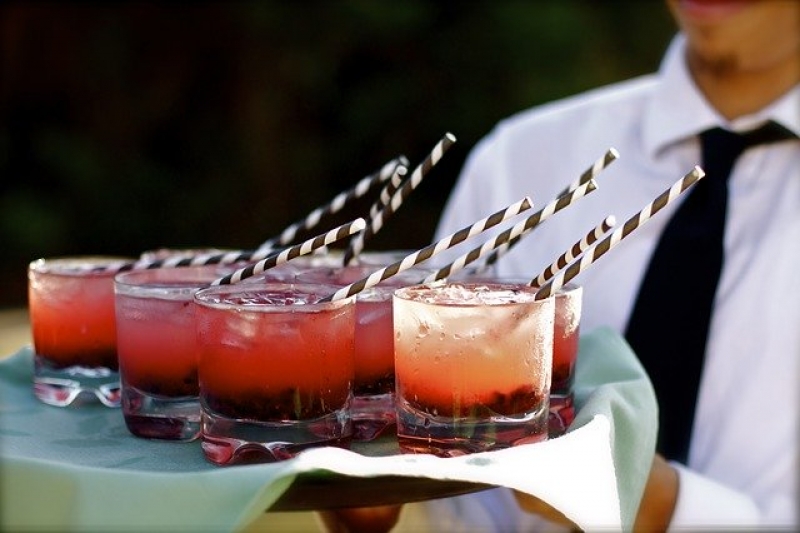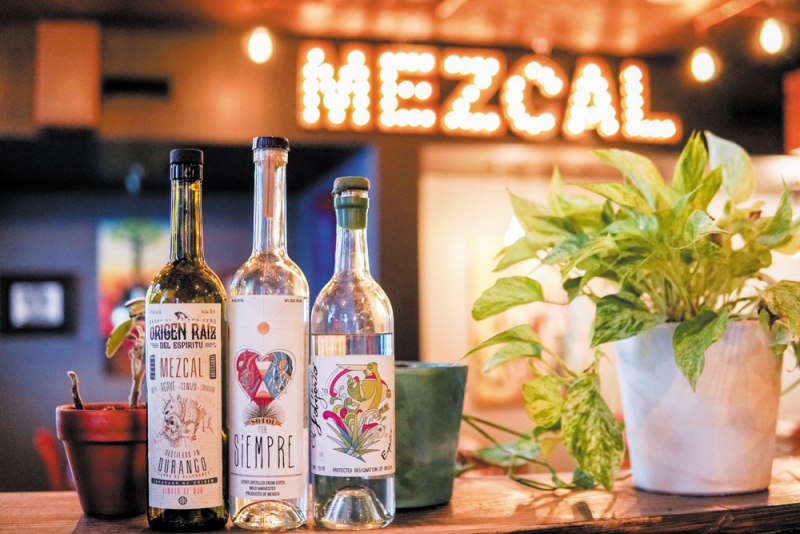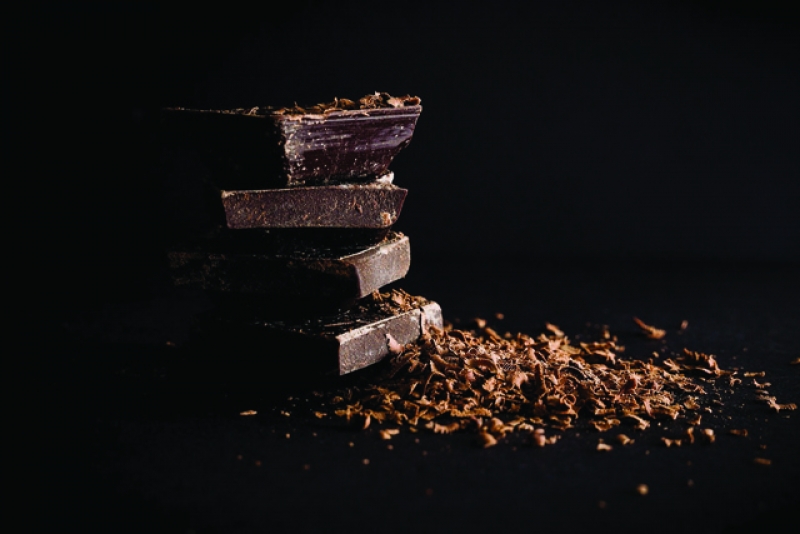- Written by Marcella Escarfuller
- Published in NOLA Food
Fideuà
Fideuà
By Marcella Escarfuller
Click aqui para español- >Fideuà
Summer To me is sun and citrus, the smell of the ocean clinging to the breeze, the gull’s song hanging in the air. Summer is fun-in-the-sun, trying new things, and spending time with friends and family. Summer also means lots of grilling for most of America. But after growing up in New Orleans, asking me to cook outside in summer is akin to suggesting I light myself on fire.
While I appreciate the spirit of the summer grill-gathering, it shouldn’t be the only party option on the table (especially in July). Thinking outside the box is a requirement for living in this city. It’s what we do best – especially when it comes to entertaining. So, while I love my red-white-and-blue, I defer to my Latin blood for summer cuisine inspiration.
Enter the fideuà, the perfect antidote for your summer-entertaining ennui. Birthed in 19th century Valencia, this Catalonian twist on the traditional paella, made with thin spaghetti (or “fideus”) instead of rice, is a dish that screams summer. Golden fideus are cooked in rich stock with fresh shellfish, then topped with a spritz of lemon, minced parsley, orange zest and homemade garlic aioli.
Everything about fideuà is bright and fresh, making it perfect for large summer get-togethers. Touted as the one-pot wonder of Valencia, fideuà is by far one of Spain’s most culturally significant dishes. It’s a wonder that it has yet to rise to fame in NOLA, a city that is so entangled with Spanish history.
Spanish influence in New Orleans is often overlooked, but undeniable. The Louisiana territory (Luisiana in Spanish) served as the administrative district of the Viceroyalty of New Spain from 1762 to 1803. The French Quarter we all know today is thanks to Spanish reconstruction in 1788 after the Great New Orleans Fire.
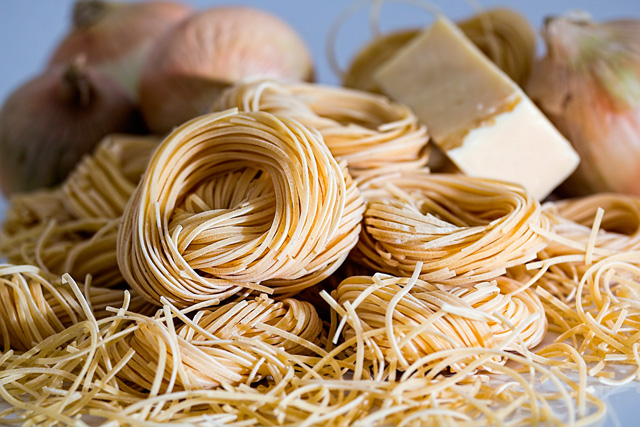
One of the most amazing things about New Orleans is the open-minded creativity that inevitably spills over into its food. The demand for Spanish- and Latin-fusion cuisine in the area has led to new restaurant openings like Nolé, Barracuda, Espiritu, and Otra Vez. Meanwhile, established restaurants, like Barcelona Tapas in Uptown and Lola’s in Mid City, have long boasted authentic Spanish fare, including fideuà.
If you’re feeling adventurous, try making fideuà for yourself. Your friends and family will thank you. Regardless, whether you choose to eat out or to brave this new frontier from your own kitchen, I implore you to make fideuà a part of your life. You haven’t lived until you do.
Ingredient List
FOR THE BROTH
1 Extra-virgin olive oil
2 Onions, chopped
½ lbs Small shrimp, shell on
4 Large garlic cloves, roughly chopped
3 Small dried hot red peppers, or use a pinch of cayenne
½ tsp Fennel seed
½ tsp Coriander seed
1 Large bay leaf
A few thyme sprigs
Salt and pepper
2 tsp Tomato paste
1 ½ lbs Meaty bones from cod, snapper or halibut, rinsed (or use boneless fish chunks)
12 Clams / Almejas
1 lbs Mussels, cleaned
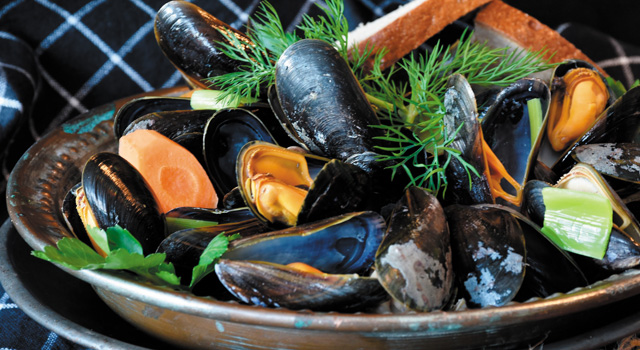
FOR THE FIDEUÀ
1 lbs Fideus noodles (dry), or use Italian fedelini or spaghettini
Extra-virgin olive oil
Pinch of saffron into 1/4 cup water
1 lbs Mussels, cleaned, for garnish
½ lbs Large shrimp, shell on, for garnish
3 tsp Chopped parsley
3 tsp Orange zest
Allioli for garnish
Recipe:
- Make the broth:
Put 3 tablespoons olive oil in a heavy soup pot over medium-high heat. Add onions and sauté until softened and lightly browned, about 10 minutes. Add small shrimp, garlic, hot pepper, fennel, coriander, bay leaf and thyme. Season generously with salt and pepper, stir to coat and cook 2 minutes more.
- Stir in tomato paste and cook 5 minutes, until mixture begins to look dry. Add fish bones, clams, 1pound mussels and 8 cups water; cover and bring to a boil. Uncover, reduce heat to a simmer and cook for 45 minutes.
- Strain through a sturdy mesh sieve into another pot, pushing on solids with a wooden spoon. Discard solids and keep strained broth hot. Taste for salt. Broth should be well seasoned.
- Make the fideuà:
Heat oven to 375 degrees. Put fideus noodles in a large roasting pan or baking sheet. (If using Italian pasta, break it into 2-inch lengths first.) Pour 2 tablespoons olive oil over noodles and toss with hands to coat. Bake for 8 to 10 minutes, turning with tongs if necessary, until noodles are golden brown.
- Place a cazuela or wide heavy pot on the stove. Add toasted noodles, pressing down a bit. Ladle 3 cups hot broth over noodles and bring to a boil. Push down on the noodles with a wooden spoon as they soften into the broth. Add saffron-infused water and cook for a minute, then stir to mix. Add enough hot broth to cover pasta by 1 inch. Lower heat and cook at a simmer for about 8 minutes, stirring occasionally. Add more broth (and adjust heat) if mixture dries out.
- Scatter remaining 1pound mussels over the top, then push them down until barely submerged. Cook 3 to 4 minutes, until shells open. Turn off heat. The noodles should be cooked but firm, and the mixture a little soupy.
- If using the large shell-on shrimp, season them and sauté in 1 tablespoon olive oil over medium heat for 2 minutes per side.
- Ladle into individual soup plates. Mix the parsley with the orange zest. Garnish fideus with shrimp, if using, the parsley mixture and a spoonful of allioli.



